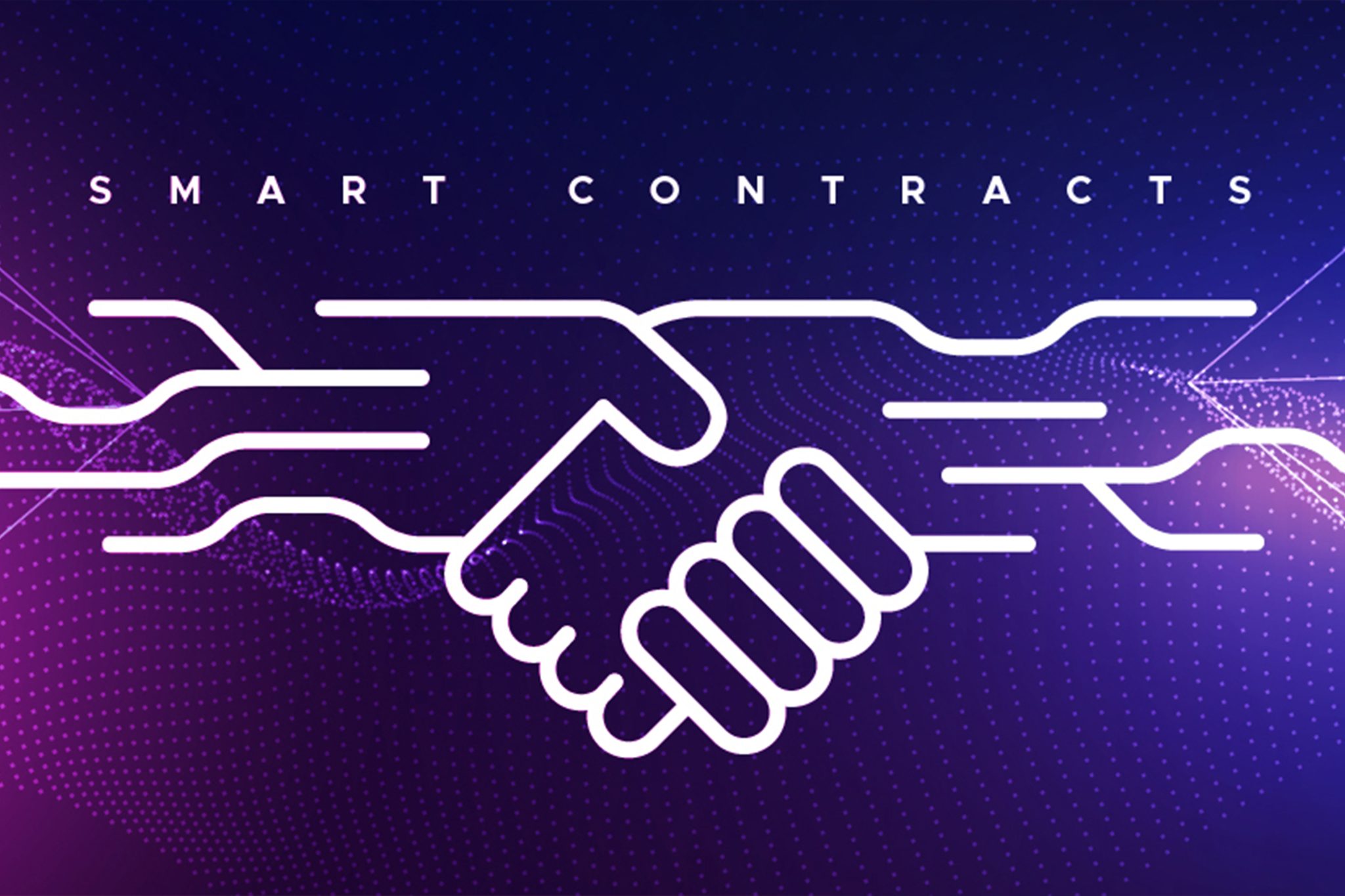
Smart contracts run on Ethereum EVM, which represents an Ethereum virtual machine. It is a continuous, distributed state machine with thousands of client computers connected by ethernet.
There are a few steps: Testing, compilation, deployment.

Once you have done your testing procedures, the next step is the compilation.
1. Compilation procedure
EVM will turn solidity code into bytecode. Once the remix finishes compilation, it will returnthe deployed contract code.
There are three parts:
- Constructor’s bytecode
- Deployed contract code
- Contract metadata
Finally, the compiler will produce ABI, which is a JSON file. The purpose is to bridge the gap between WEB2 and WEB3. ABI is an interface that includes a contract constructor or contract API.
2. Deployment procedure
Deploying a contract is sending an Ethereum transaction with your compiled code.

Following these steps using Ethereum IDE Remix for deployment, you will see contract details on Etherscan if you input the owner’s address.

Last and the essential: audit your smart code before the actual deployment, protect your assets by checking flaws against various attack types.
Remember! Always do security analysis first, use authenticated faucet like Rinkeby to test it out.
Author: Arulohim 307
Editor: AurCommunity
The opinions expressed in this publication are those of the authors.